
After the pandemic, Nie Min, a Shanghai resident, booked an 8-day tour to Iceland for $5,800, double the price of a similar tour in 2019. However, she still went because she "wanted to love herself more after overcoming the pandemic" and "go to more places while she still could."
Before the pandemic, Chinese tourists accounted for 21% of global tourism spending and were difficult for any country to replace, according to Statista . The World Travel & Tourism Council's 2023 report shows that mainland Chinese tourists have surpassed other markets in terms of shopping spending, with an average of $1,350 per person per trip, making a significant contribution to the global tourism market.
According to a report from UnionPay International, Japan, South Korea, Europe and the US are the favorite destinations for Chinese tourists. On average, a Chinese tourist spends more than 14,000 yuan (nearly 49 million VND) in South Korea, 15,000 yuan (53 million VND) in Japan and 6,000-7,000 USD in the US, 2-3 times higher than the average of tourists from other countries.
Data shows that more than 50% of Chinese tourists’ spending is on shopping. They spend relatively less on cigarettes and wine but “spend a lot” on daily necessities at supermarkets. In addition, more and more Chinese people have started buying handicrafts and paintings. According to the Wall Street Journal, in 2019, Chinese tourists bought nearly $110 billion worth of luxury goods, including clothes, leather goods, and jewelry abroad.
Lux Group CEO Pham Ha said that in Vietnam, wealthy Chinese tourists like destinations with lots of fun, exciting entertainment and delicious food. They also like to shop and stay in high-end, internationally branded 5-star hotels.
Martin Koerner, Commercial Director of The Anam Group, said that the 5-star resort The Anam Cam Ranh, Nha Trang mainly has Chinese, Korean, Australian, and European guests in addition to domestic guests. The hotel has many high-end services that are popular with Chinese guests such as therapeutic massage packages, candlelit dinners on the lawn facing the sea with waiters and private chefs (only one table per night) to serve wealthy guests who want to enjoy.
Koerner said Chinese guests staying at hotels "spend a lot of money" on things like rooms, restaurants, and spas. Wealthy guests tend to choose high-end rooms like villas with private pools and afternoon tea.
This wealthy customer base contributes significantly to the resort's revenue and business profits. Resort staff highly appreciate Chinese guests for their generous spending and generous tips. A representative of The Anam Cam Ranh also said that currently, Korean guests are the most numerous, replacing mainland Chinese guests from the top position before the pandemic. However, Chinese guests are "recovering well and returning". In the first quarter of this year, the hotel saw a 40-fold increase in the number of Chinese guests compared to the same period last year.
In 2019, Chinese tourists made 155 million international trips, spending more than 292 billion USD in total, topping the list of the world's largest spending markets abroad; 1.5 times more than American tourists (182 billion USD) and three times more than German tourists (nearly 100 billion USD).
Wolfgang Arlt, director of the China International Tourism Research Institute, expects China to overtake the US and Germany in the race for the title of the world's largest outbound tourism source market. He rates all three countries as "roughly equal" in terms of competitiveness in 2023, but favors China in 2024. Arlt believes China will definitely return to the top of the world, with tourist arrivals close to 2019 levels.
According to a survey by China Daily , the number of days spent traveling internationally by Chinese tourists increased from 9 days before the epidemic to 11 days after the epidemic. The average budget for overseas trips also increased by 16%, from nearly 5,000 USD to 5,700 USD.
Kevin Cheong, a tourism and destination development consultant, said that if tourists from other countries had to spend a lot of money on a destination, they would choose luxury destinations like Dubai or Europe, rather than Southeast Asian countries. But Chinese tourists are said to "spend a lot of money wherever they go".
The latest statistical yearbook released in mid-2023 by the General Statistics Office shows that the average spending of Chinese visitors to Vietnam is more than 880 USD per person per trip, not in the top 10 markets with the highest spending. According to a survey by Mr. Ha's company, wealthy Chinese visitors currently spend an average of about 1,200 USD per trip, 3-4 times higher than other wealthy visitor markets. However, the spending of this group of visitors in Vietnam is still underestimated, and the tourism industry has not yet fully exploited its potential to make visitors spend more.
"All countries want to attract rich Chinese tourists," said Nguyen Tien Dat, Vice President of the Capital Tourism Club. Rich Chinese tourists shop a lot, especially for luxury goods. "Brand-name stores in Europe thrive thanks to this group of customers," said Dat.
The US management consultancy Bain & Company and the Italian luxury brand council Altagamma estimate that by 2025, the importance of Chinese customers for luxury goods will continue to grow. They could account for nearly half of global luxury buyers.
In Vietnam, Chinese customers will not focus on shopping for luxury goods because "they still prefer to buy in Europe and Japan because of their prestige," according to Mr. Dat. Therefore, Vietnam needs to "hit" other interests of Chinese customers such as having fun, eating well, buying unique souvenirs, different experiences, and luxury services to make them open their wallets.
To do this, according to Mr. Ha, Vietnam needs to form a luxury destination. Vietnam is known as a cheap destination, "while rich Chinese tourists prefer luxury places," he said. In addition, many Chinese tourists do not communicate in English, so the tourism industry needs a team of tour guides and staff at restaurants, souvenir shops, and hotels who can speak Chinese well. Chinese people appreciate a respectful attitude and a warm welcome in the places they visit. That is why Thailand is always in the top favorite destinations of this market.
"We need to show Chinese tourists how interesting and worth visiting Vietnam is," said Mr. Dat, suggesting promoting tourism with Chinese travel companies and on social networks such as Weibo and Doyin by inviting KOLs to promote. "This will be an opportunity for Vietnamese tourism," added Mr. Ha.
TH (according to VnExpress)Source


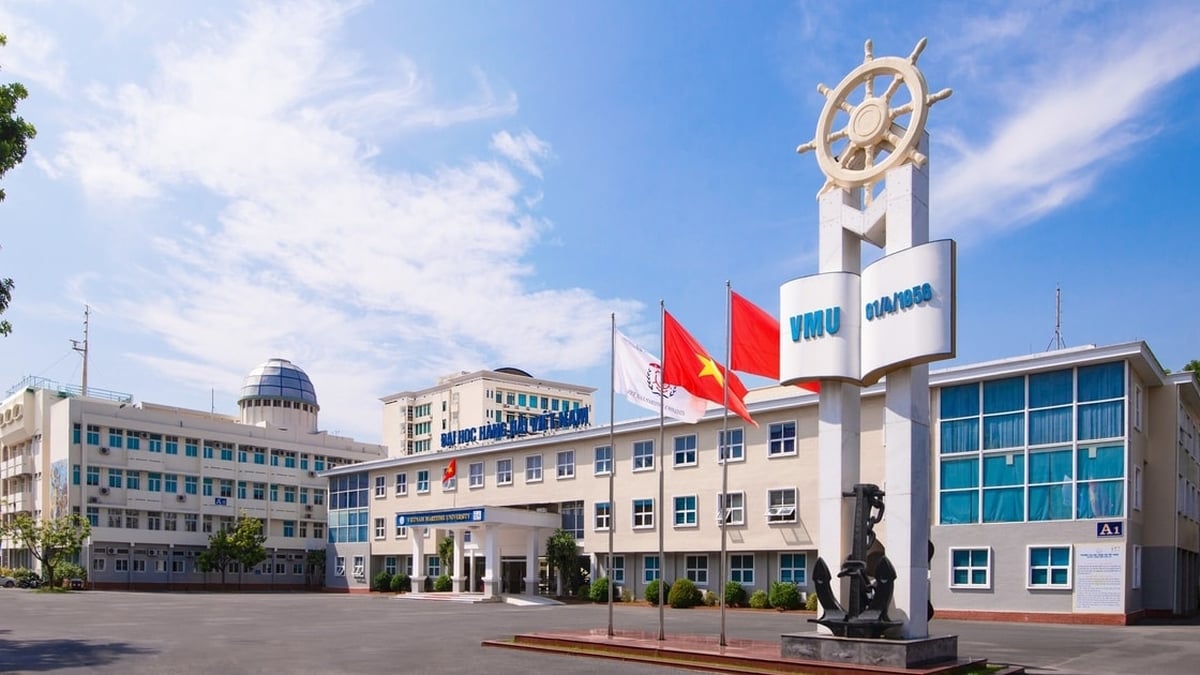
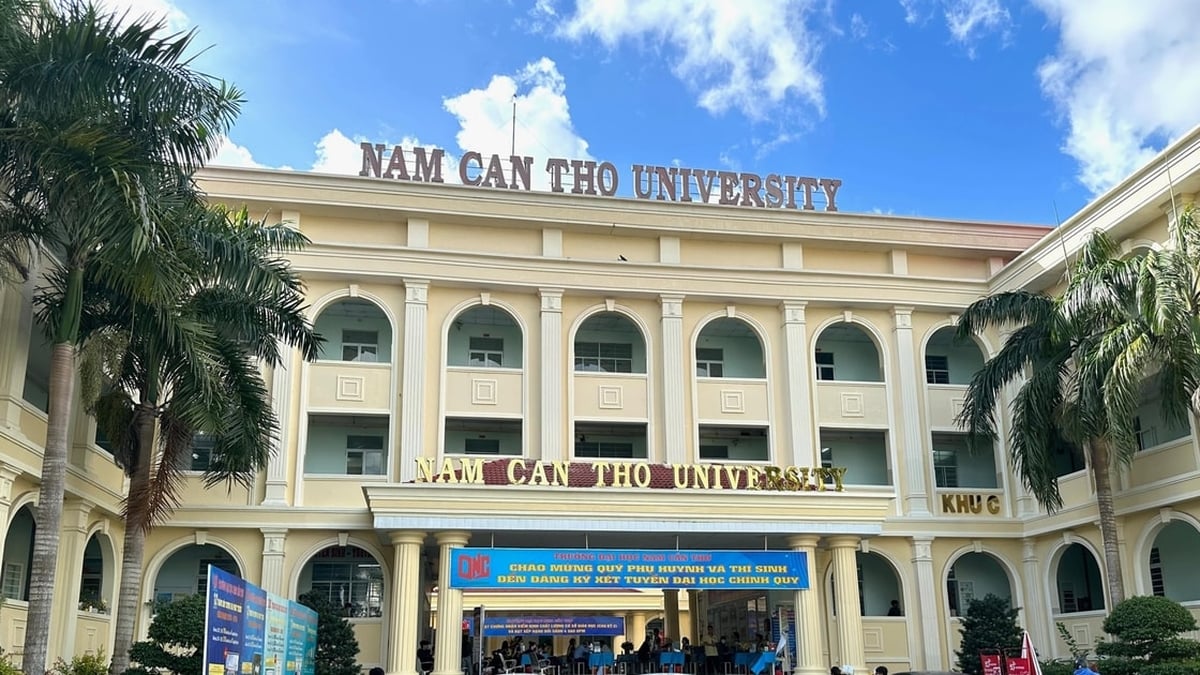
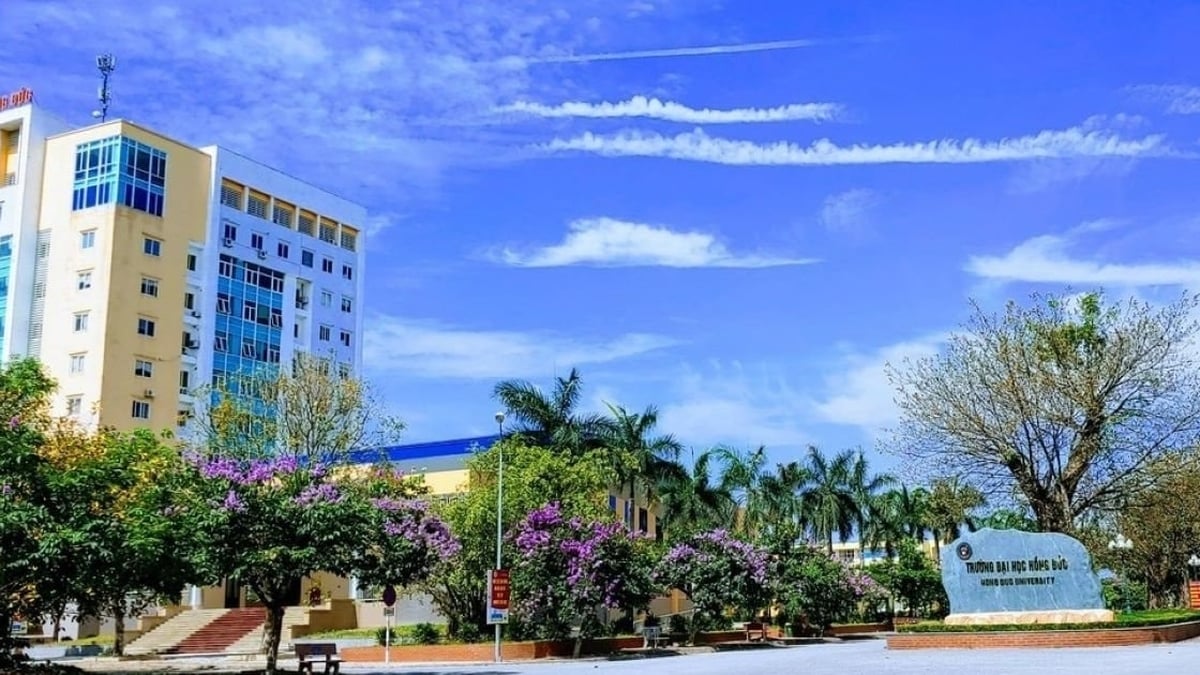


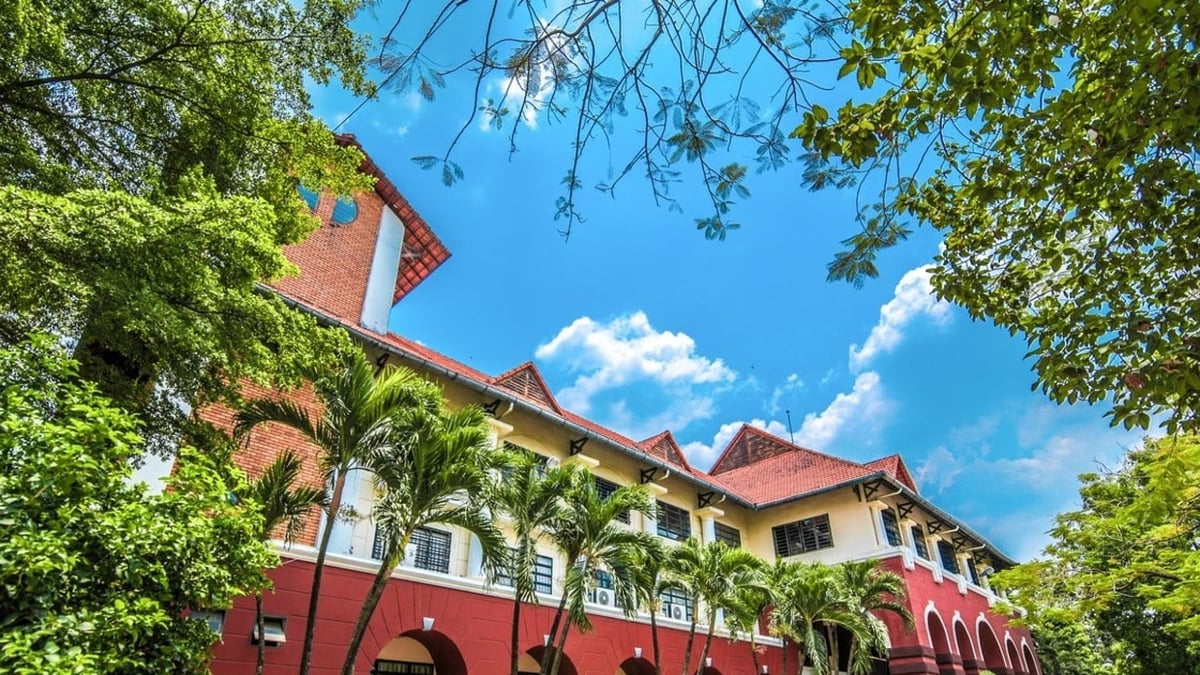
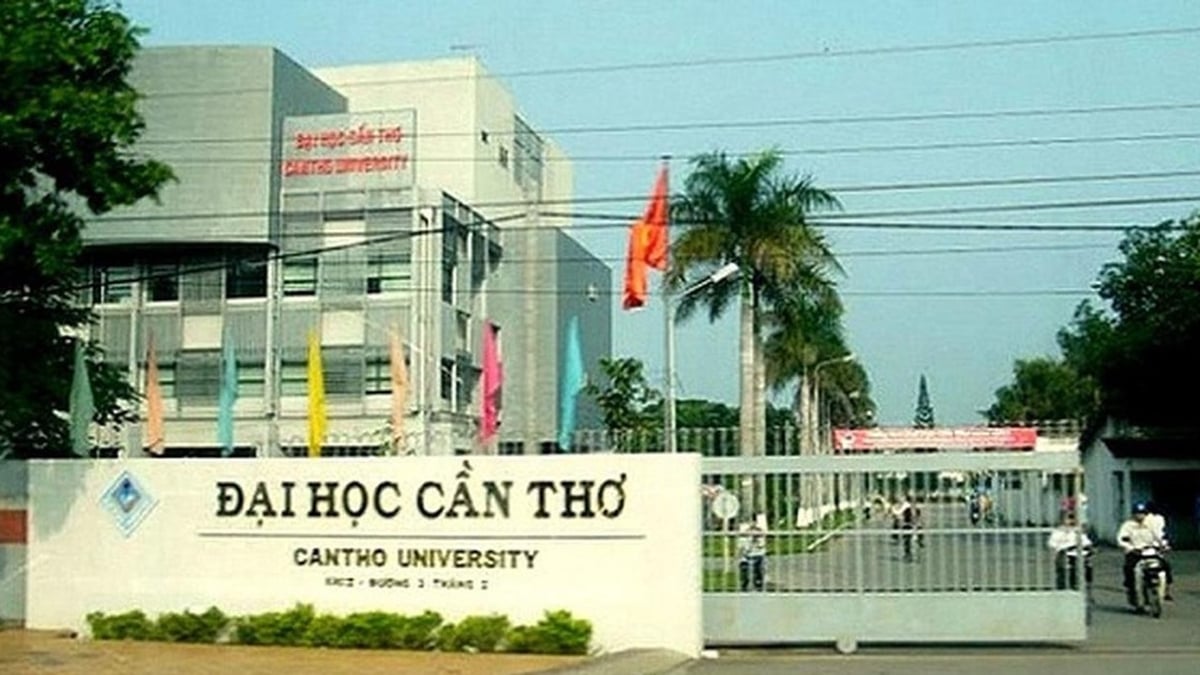

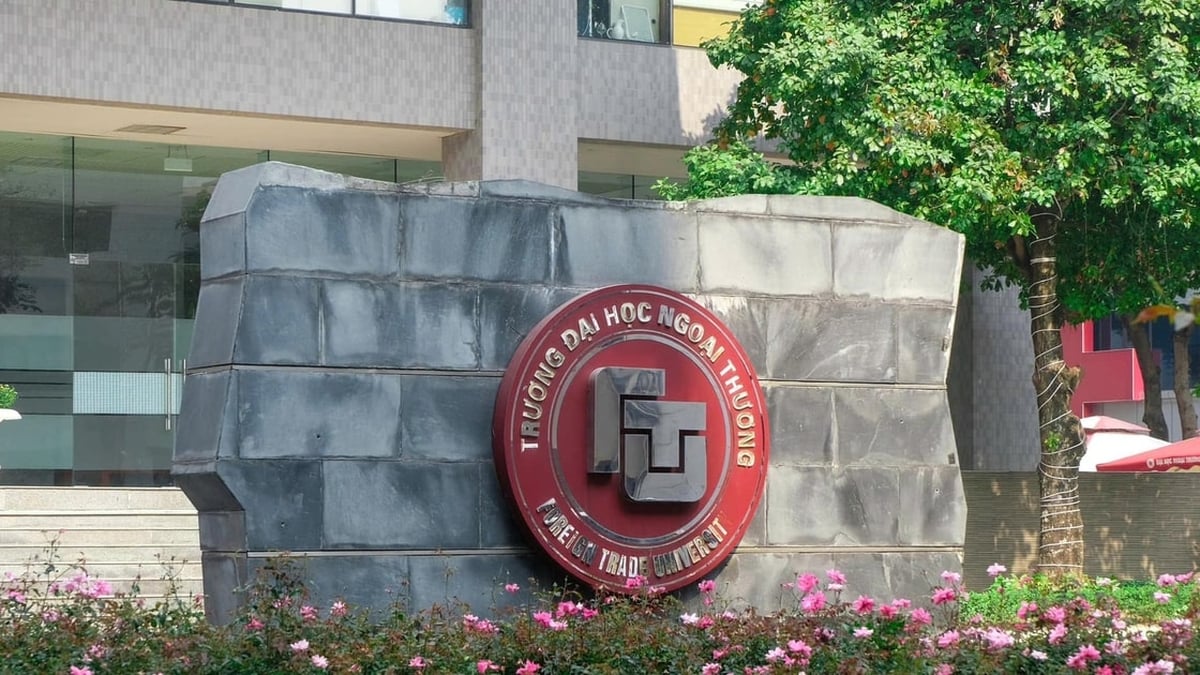












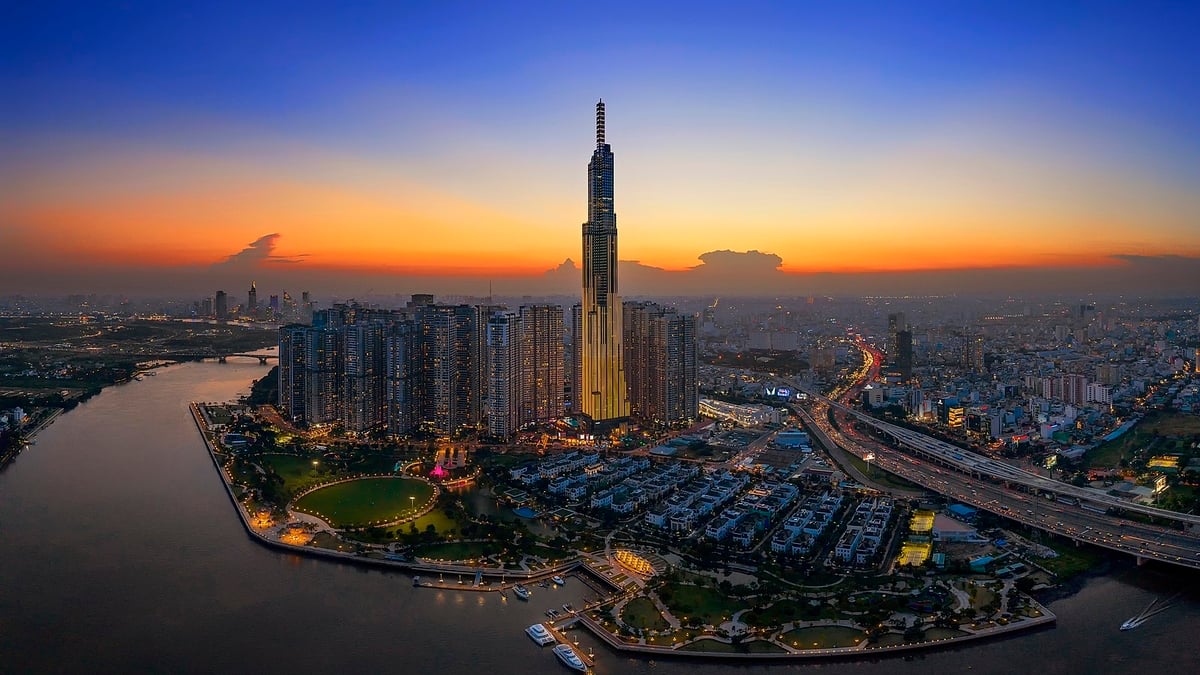
















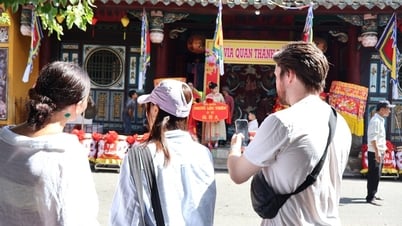


















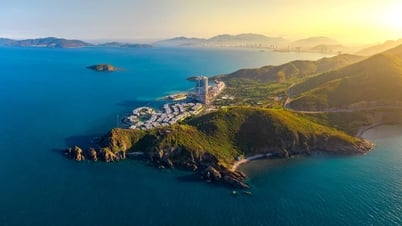

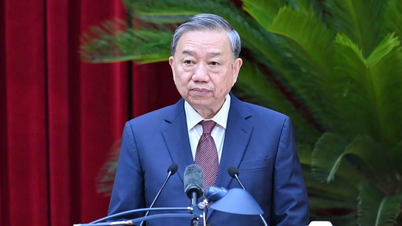
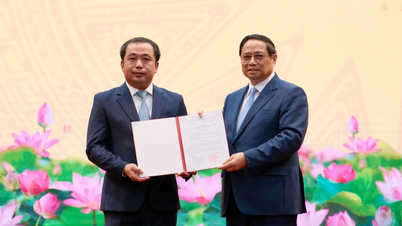









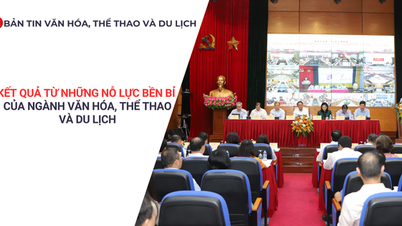























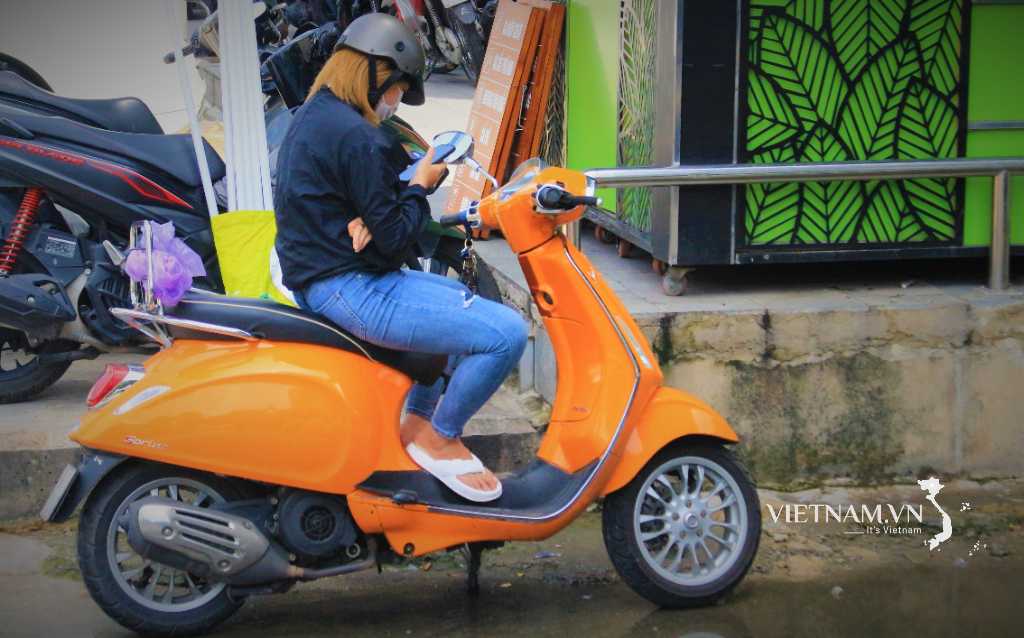
Comment (0)